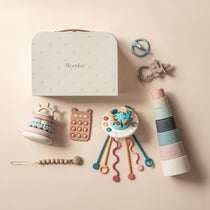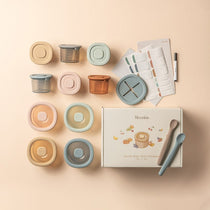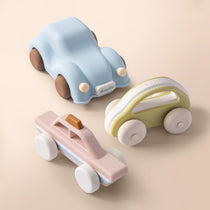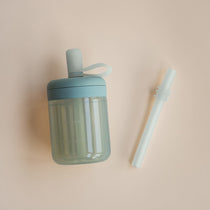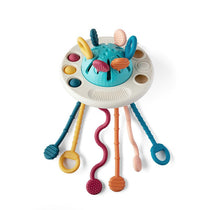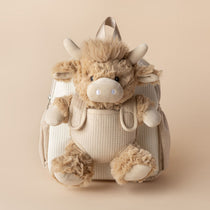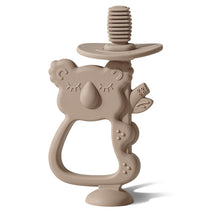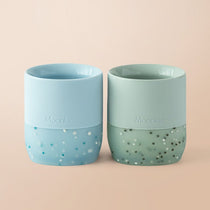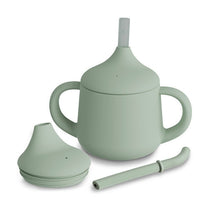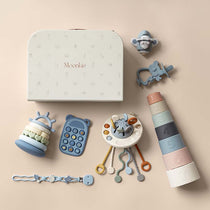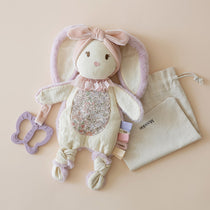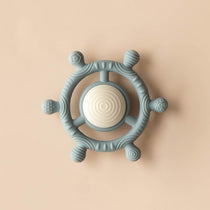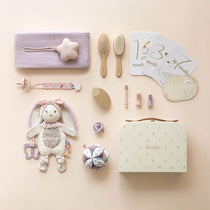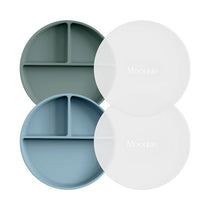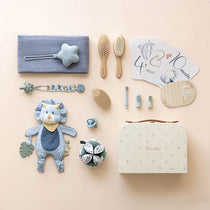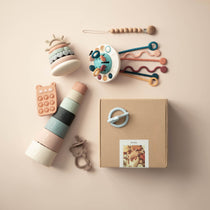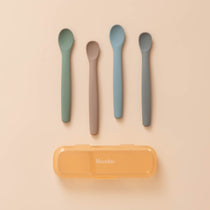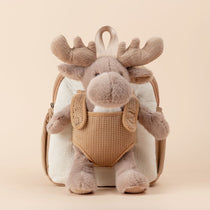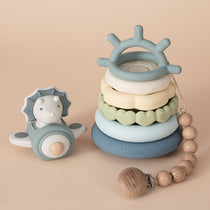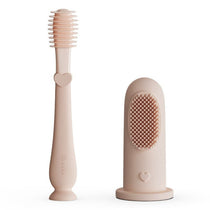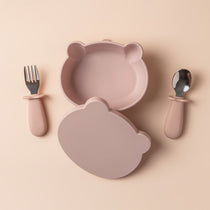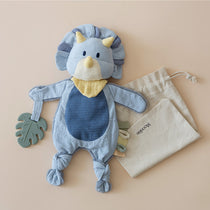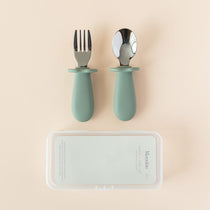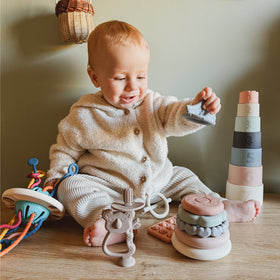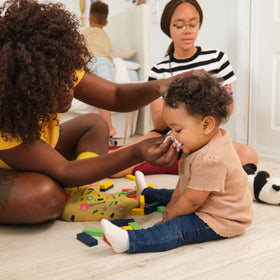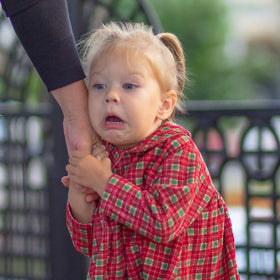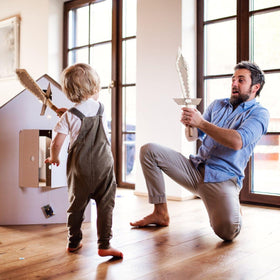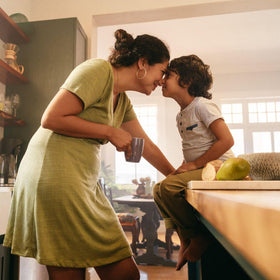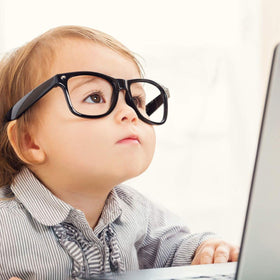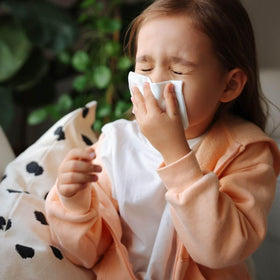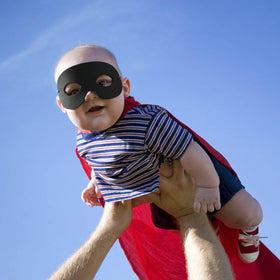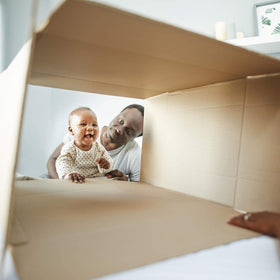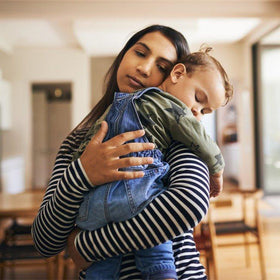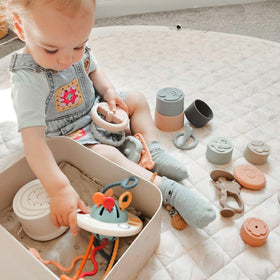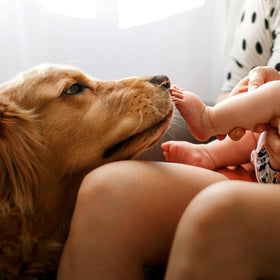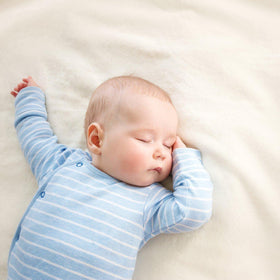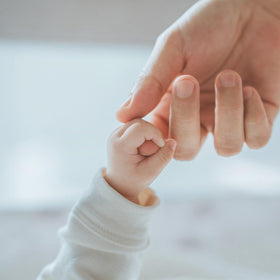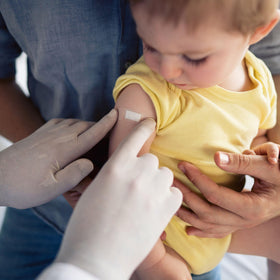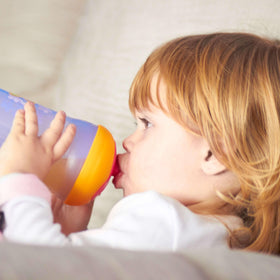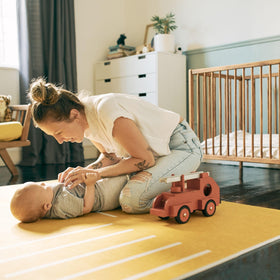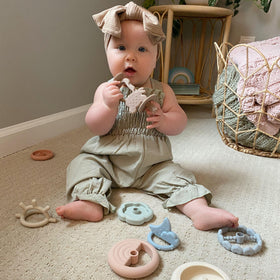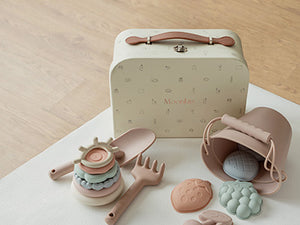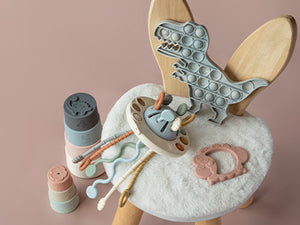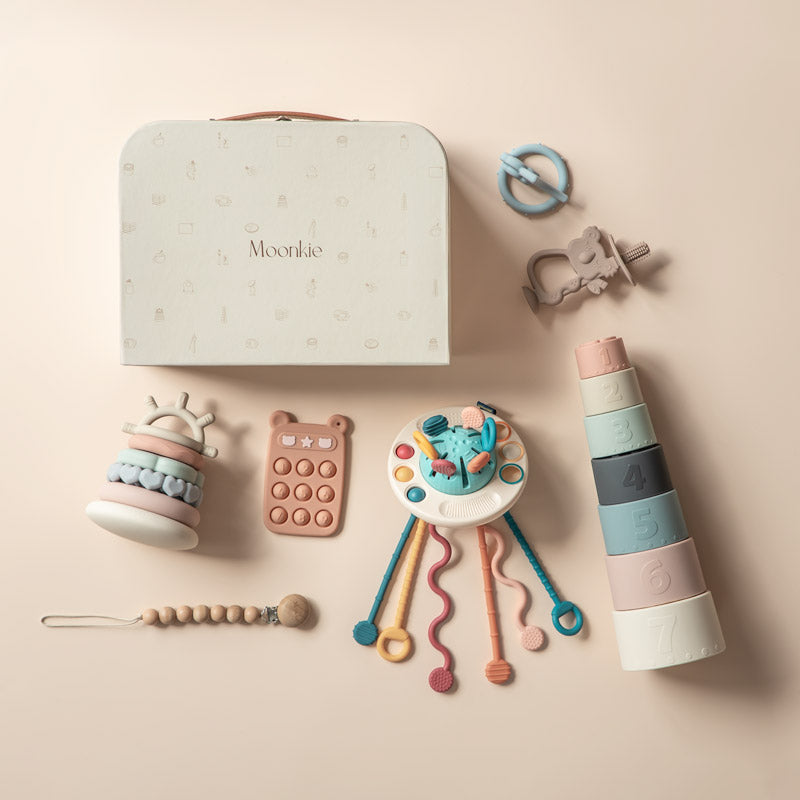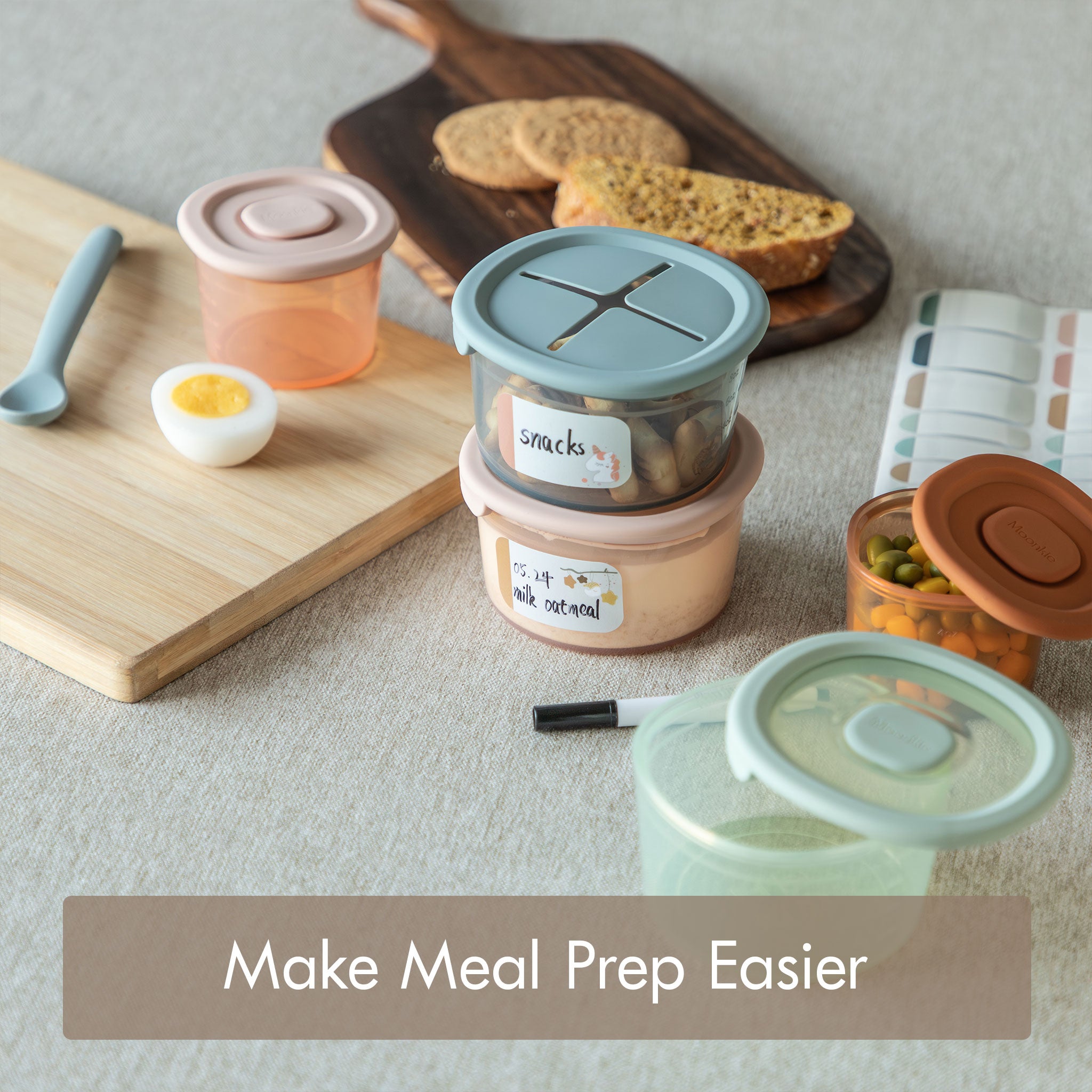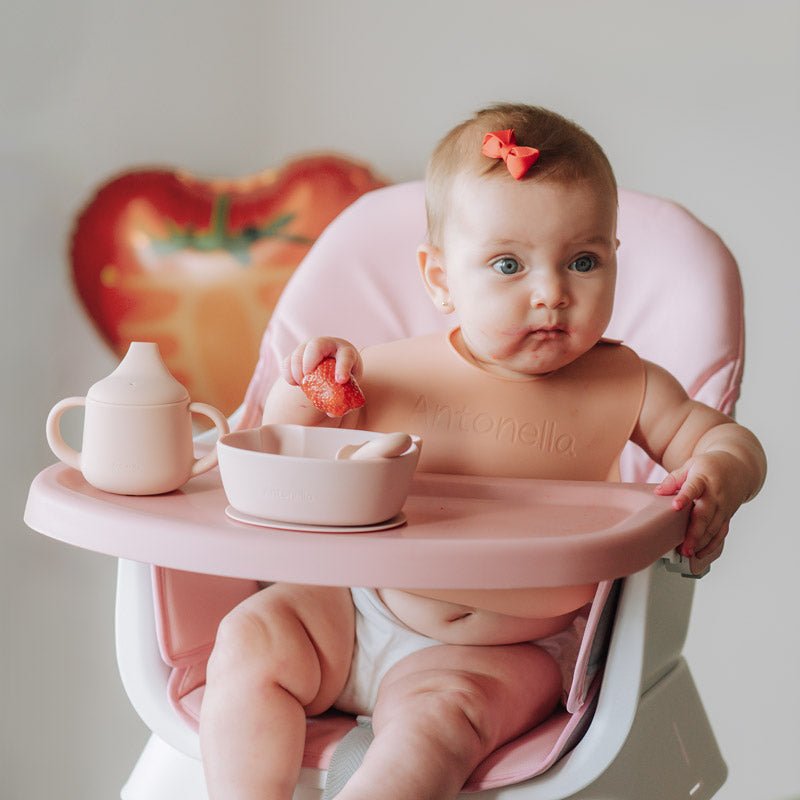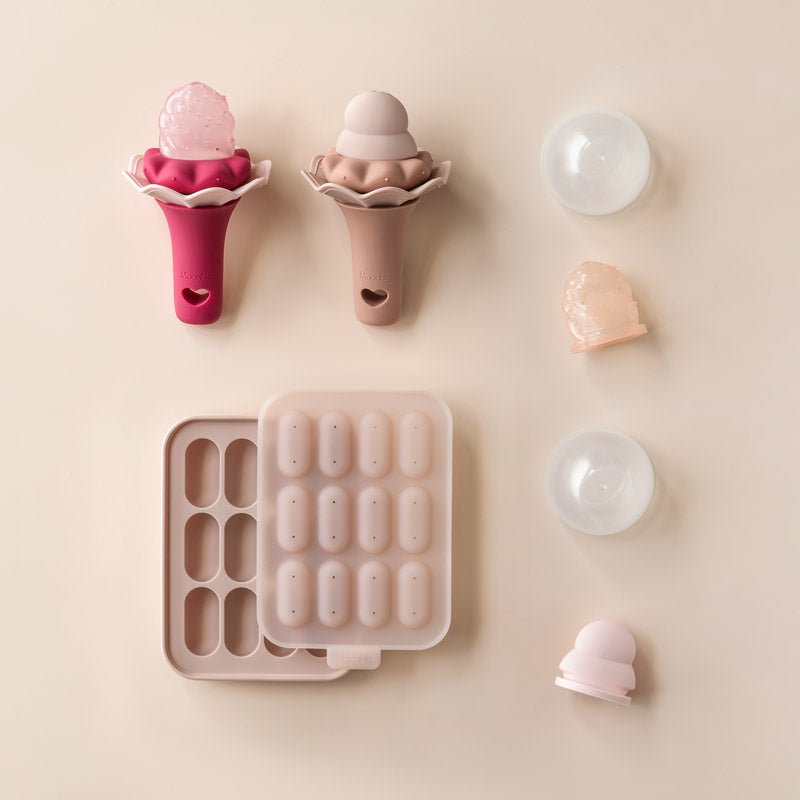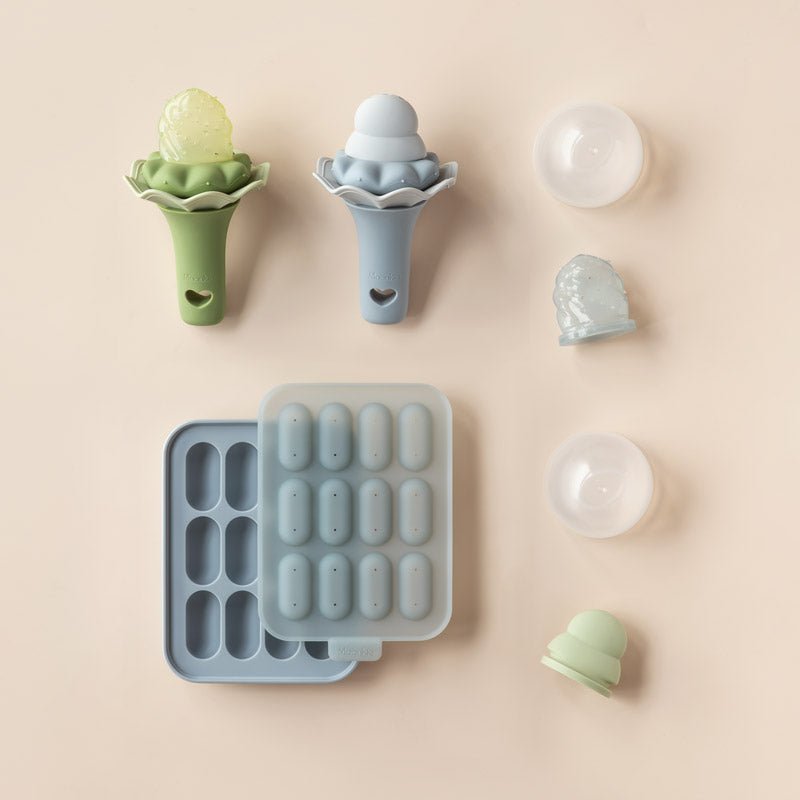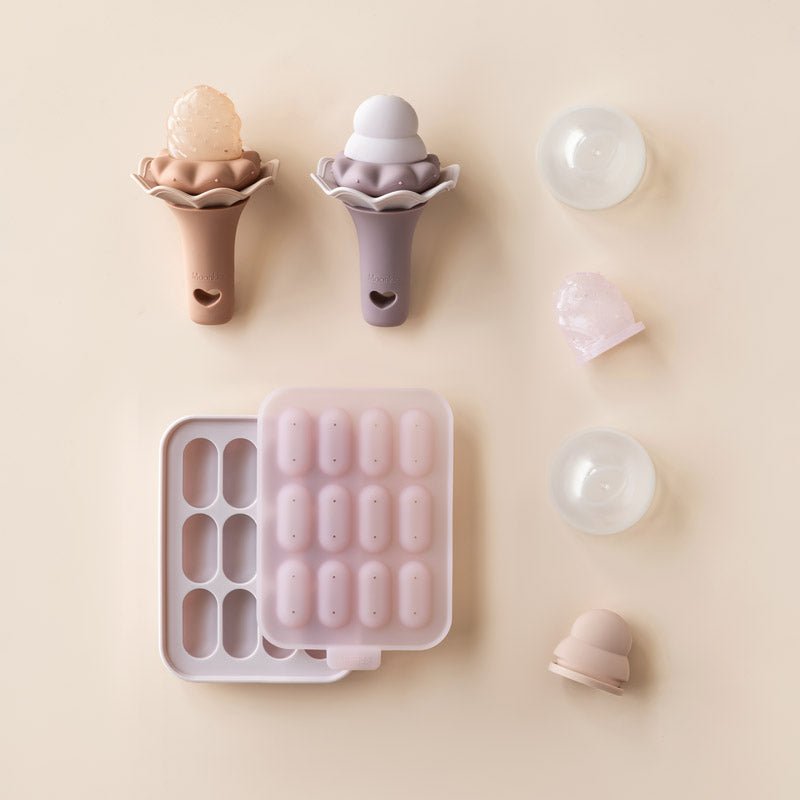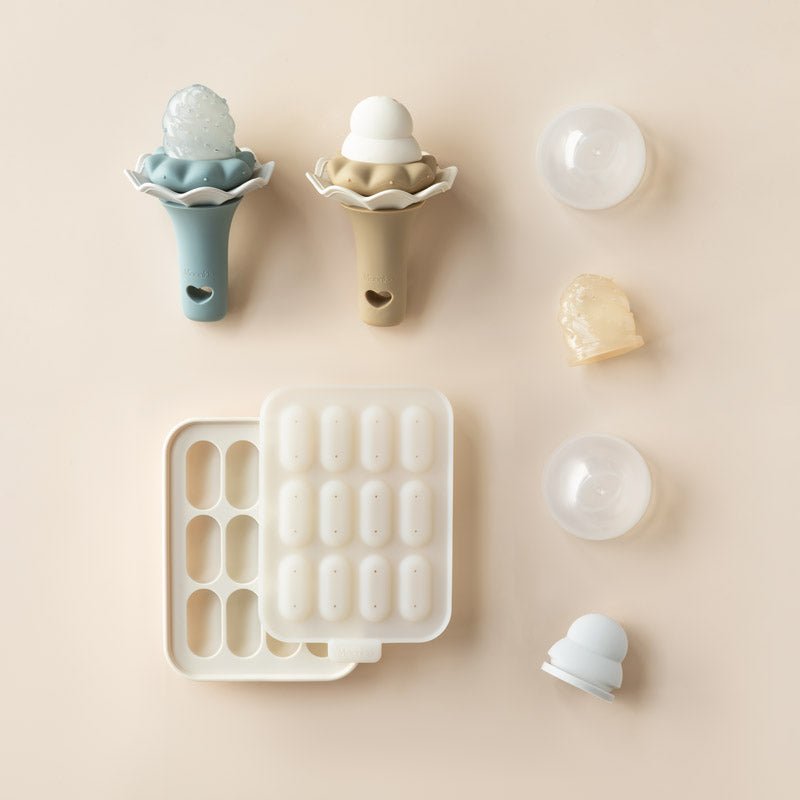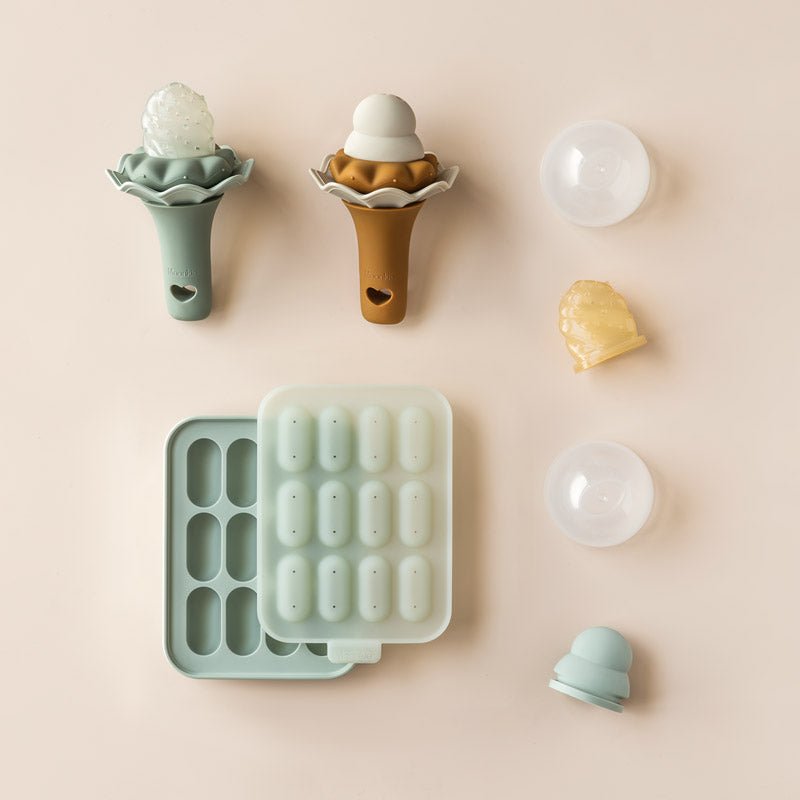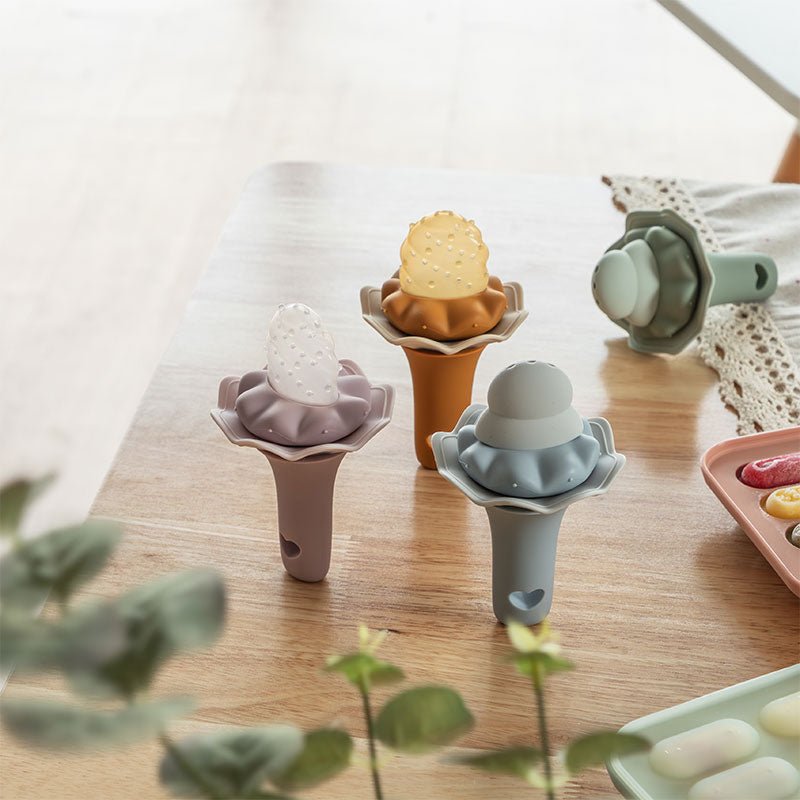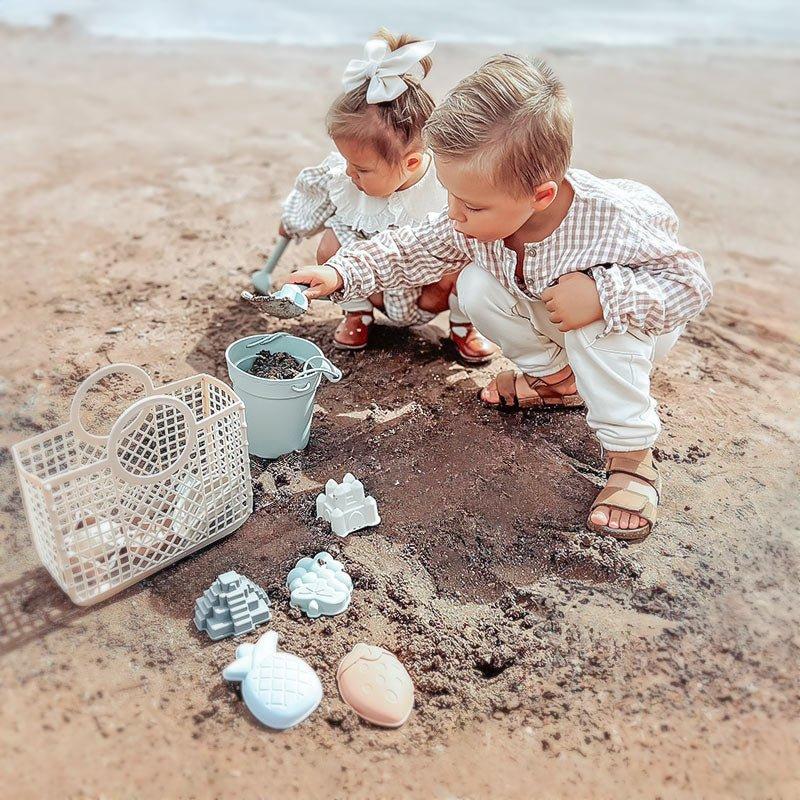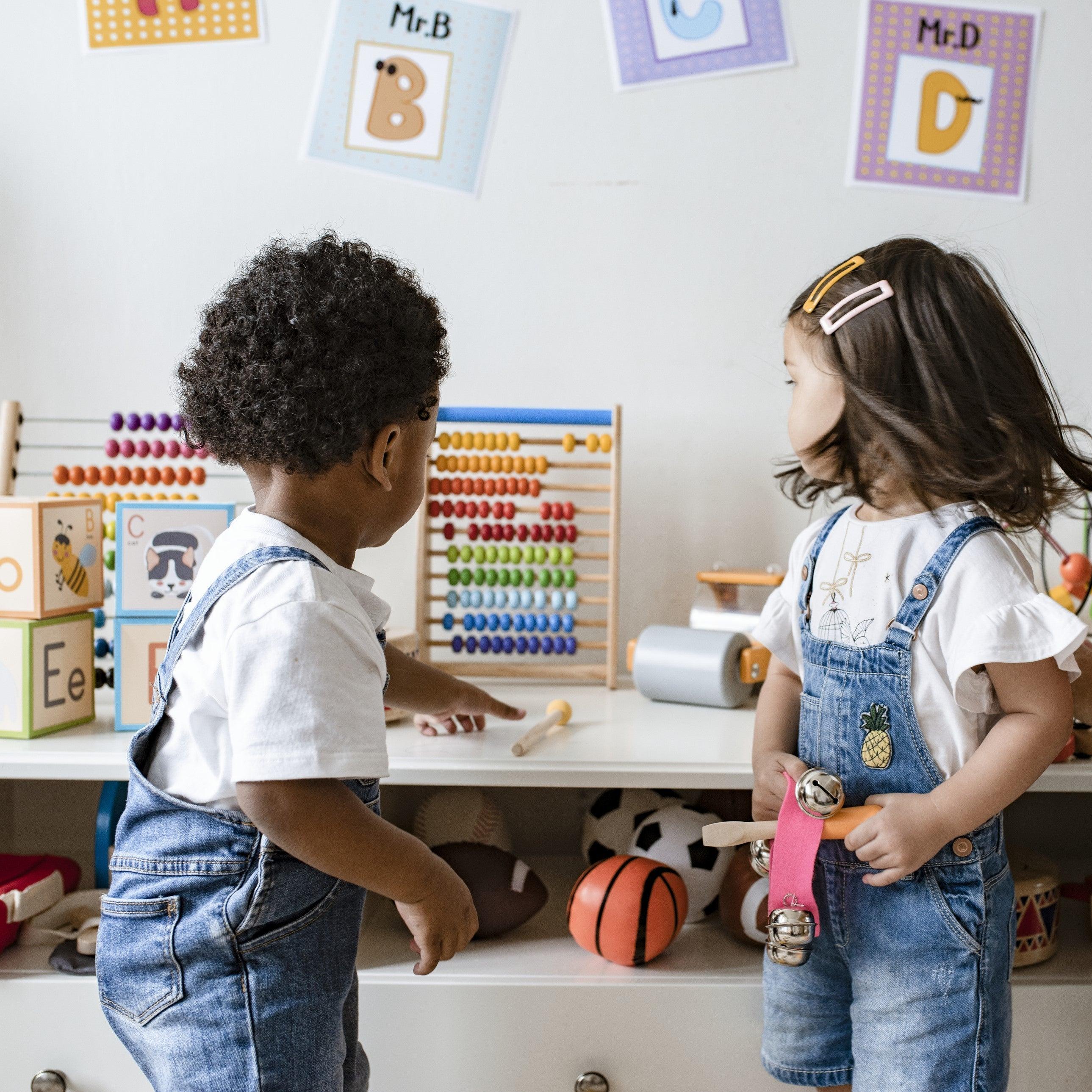
Those brave souls who have decided to take on homeschooling their preschooler know that juggling a preschooler's interests, needs, skills, and education can be tough. So, what are some ways to balance a preschooler's need to explore with her impatience?
Preschool sensory activities are a phenomenal way to entertain and educate your preschooler. Your preschooler will explore a concept using their five senses (touch, taste, sound, sight, and smell). For example, you may set up a bin of soil, seeds, and some gardening tools to teach about farming.
Sensory activities can be fun, engaging, and educational for young learners. Even better, you can easily incorporate them into your homeschooling routine!
What Are the Benefits of Sensory Activities for Preschoolers?
Toddlers and preschoolers are into everything already, so sensory activities are helpful in that they are designed to be messed with. Whether you set up an activity using sand and construction toys or fill a plastic bottle with water and glitter, preschoolers love sensory activities and essentially teach themselves by observation.
Making time to add preschool sensory activities to your pre-k homeschooling routine is also a wise move because of the following benefits.
Sensory Activities Promote Cognitive Development
Sensory activities engage your little one's senses and give him an opportunity to do something with that new sensory information. This could be talking through a process in imaginative play, solving a problem, thinking critically about how to use the tools at hand, and building sensory memories.
Immediately after birth, the brain creates neural connections primarily through sensory stimulation (like hearing and vision). By 4 or 5 months old, a baby is really beginning to hear syllables and experimenting with making sounds (source).
By the time a baby becomes a toddler (around 12 months old), he is making neural connections for higher cognitive functions, like working memory, mental imagery, and purposeful action (source).
The sheer number of neural connections a young child is making between 0 and 3 years old (1 million per second!) makes it a crucial time for cognitive development.
Add that some research suggests that 3 to 5-year-olds have advantages in reasoning, memory, and decision-making over older learners, and you can see why working with a preschooler's interests and innate desire to explore through activities is critical to his brain development (source).
Sensory Activities Encourage Language Development
Give your toddler a sensory activity and some space, and listen to what she says. She will probably begin using new sounds in pretend play to "describe" the sounds of the activity, and she may babble through whatever scenario she is playing through. This is fantastic for language development!
You can even sit by or play with her and talk through what you are doing in the activity. Don't use baby talk because your little one is listening to you to figure out how to describe what she's doing. Sensory activities are excellent for bringing up relevant vocabulary for specific contexts that may take a while to get to otherwise.
As you speak, use a variety of verb tenses to describe what you are now doing, what you did before, and what you will do next. English is a tricky language grammatically, so you might as well start showing your little one how to explain actions in time now!
Sensory Activities Develop Fine and Gross Motor Skills
Many sensory activities require your little one to use their hands and fingers, which is precisely what he needs to gain fine control of for writing and tedious tasks later in life. Obstacle courses and outside sensory activities encourage gross motor skills like jumping, crawling, and running.
Fine and gross motor skills are built by trial and error in lots of practice. The good news is that it is easy to provide practice opportunities! For fine motor skill activities, try these ideas:
- stacking blocks
- making racetracks
- building forts
- doing crafts
- painting
- coloring
- sorting colored beads
Gross motor skill activities are lots of fun, too! Here are a few to get your preschooler started:
- obstacle course
- tag
- hide-and-seek
- rolling a ball to each other
- follow the leader
- "the floor is lava" game
- Simon Says
- "find me a _____" game
Sensory Activities Bring Out Imaginative Play and Creativity
The way little kids can take anything and turn it into an imaginative game is astounding! And it turns out they need to play imaginatively to consolidate the information they have learned over time.

Pretend play is like a facilitator for speaking in new contexts, running through other ways a real-life scenario could have worked out, solving imaginary problems, regulating one's own emotions, figuring out how to communicate and work with others, and coming up with possible solutions to nagging issues (source).
Essentially, pretend play is integral to the holistic development of a child. Though sensory activities are often simple things thrown together for open play, they serve as the backdrop for exploration, observation, discovery, imaginative play, and creativity.
A Sensory Activity Example
For example, let's say you've set up a big bin full of sand and tossed in a scoop, funnel, bottle, cup, paper towel tube, and bulldozer toy. Your preschooler will likely love feeling the sand, burying his hands, and letting scoops of sand fall onto his hand. But before long, he will try to use the tools you provided together.
During this sensory activity (and as you return to it multiple times), your little one will learn a few lessons through action and practice:
My actions affect what happens in this box.
The sand feels grainy.
Sand falls.
I can scoop sand and put it through other things.
Sand covers things.
I can't pick the sand up with my hands as efficiently as a scoop.
I can make tracks in the sand, which will stay until I move things.
Obviously, your toddler will not use these words, but understanding these points will develop with repeated practice.
Other benefits your preschooler will gain from this sensory activity include:
Memories of how sand moves and feels
Fine motor skills for cupping hands, pinching bits of sand, rolling things around, pushing sand, pushing things through sand, releasing things quickly or slowly, and grabbing and using tools
Observation of sand's movements
Creative thinking for how to use these tools to manipulate the sand
Emotional regulation and calmness of doing something interesting
Babbling about what he's doing to the sand
Creating onomatopoeias for the sounds the sand makes when he does specific actions
Imagining construction scenarios and playing through them
Yep! All of this is from simply giving your kiddo time with a box of sand and a few random tools. Your preschooler will essentially teach himself through observation and exploration, which is what we want! I mean, how would you tell him all of these lessons?
7 Unique Sensory Activity Ideas
Sensory activities work wonders for entertaining and educating preschoolers (and even babies). But having a few ideas now will give you time to prepare for a unique sensory exploration experience for your little one.
Sensory activities can be simple (like colored rice in a bottle) or complex (like setting up a finger craft). Here are seven unique sensory activities I've enjoyed doing with my own preschoolers.
1. Sensory Hunt (4 and 5-year-olds)
Once I knew my kids could identify textures from memory, I set up a sensory scavenger hunt. All you have to do for this is collect various textured things and hide them around the yard or house. Then, you can guide your little ones with clues (older), saying "hotter" and "colder" (younger kids), or with pictures (younger kids).
For example, you can hide three to five uniquely textured things around a room or home, like a piece of coarse sandpaper, a squishy ball, a fluffy blanket, a little smooth chalkboard, and a woven basket. You could give the following hints for each one:
What is super rough and coarse but flat like paper?
What ball is easy to squeeze but cannot bounce?
What is very warm, soft, and stays with you at night?
What is smooth and black but gets dirty when you write on it?
What can hold a lot of things but cannot hold water?
If your little genius has trouble figuring out the answer, give her a hint about the room or place where she can find something that matches the description. You may be surprised at how well your preschooler can play this game!
If your preschooler needs a simpler version, try asking her for something soft, rough, green, or something that makes a particular sound. She can build her confidence with this and then grow to do the more complex version above.
2. Cooking and Baking (2 to 5-years-olds)
Cooking and baking are excellent sensory activities because they are a step-by-step process that can range in difficulty and involve many senses. Even better, cooking and baking are life skills your little one will need to learn eventually anyway!
You can involve your preschooler in helping you cook meals, prepare snacks, or bake a dessert to share with friends and neighbors. Making fruit salad, jello, bread, cookies, cake, scrambled eggs, spaghetti, you name it!
Of course, you must keep your little one safe from heat and sharp edges, but you can explain these precautions and show your preschooler how to pay close attention in the kitchen. After cooking or baking, you can even show him how to wash the dishes!
3. Feng Shui (3 to 5-years-olds)
Take a box or bin and collect some of your little one's tiny house toys. Then, describe how a little doll will soon move into the box but needs help arranging her furniture. If your preschooler likes playing with dolls or "little people," then she may really enjoy this one.
You can make this as complex or simple as your preschooler can handle. My littles liked using dominos for walls or furniture and often ran off to grab other tiny toys to serve other furniture functions. This activity is superb for spatial recognition and fine motor skills.
4. Sensory Story Time (2 to 5-years-olds)
If you have sensory story books (different textures on the pages), then use those for toddlers. But 4- and 5-year-olds may like to try to make the sensory elements happen as you read the story.
For example, you can collect a bin of random things to make sounds, textures, and colors come to life in the story you will read at storytime.
Items could be boots for the sound of walking, a rainstick for rain, a partially full water bottle for the sound of water, some playdough for "splat" sounds, a battery-operated fan for wind, a flashlight for sunlight,....get creative!
5. Sensory Obstacle Course (3 to 5-years-olds)
Gather a few textured or noisy materials and make an obstacle course out of them for your preschooler inside or outside. You can set it up for your little one to go through only touching a specific texture or color (avoiding all other textures or colors).
You can use bubble wrap, colored pieces of cardboard, couch cushions, wood, rocks, and anything else you can think of for this activity.
6. Listening Challenge (2 to 5-years-olds)
A listening challenge involves collecting things that make different sounds and asking your little one to identify what each one could be while he's not looking.
Once he's pretty good at this, you can assign a specific movement to each sound and see if he can get across the yard by moving according to the sound you play.
For example, you could do the following:
drum = stomp
whistle = jump
cymbal = somersault
snapping fingers = jump backwards
clapping hands = run
clinking spoons = walk in slow motion
Get creative and have fun with this one!
7. Chopstick Challenge (3 to 5-years-olds)
Take a baking sheet or tray and put some Cheerios, raisins, peanuts, dark chocolate drops, mini marshmallows, and whatever other small snacks your little one likes. Set it on a sturdy table and give your little one a pair of chopsticks or plastic tweezers.
For whatever reason, my preschoolers LOVE this sensory activity and are really good at using chopsticks! To level it up, add a bit of colorful cereal in the bin and have your preschooler try to sort out the different cereals with a pair of chopsticks.
For some baby sensory activity ideas, check out our article:Baby Sensory Activities: A Guide to Promote Healthy Development.
Tips for Incorporating Sensory Activities into Homeschooling
If you are homeschooling your preschooler, sensory activities are a lifesaver! Sensory activities are beneficial for your little one's holistic development and also a fun educational opportunity to do together.

There will definitely be days that are harder than others, but know that homeschooling your preschooler is worth the hassle! Here are a few practical tips from experience:
Make sensory activities a regular part of your day.
Keep things organized and plan ahead.
Keep it simple; your preschooler is likely totally fine with simple.
Choose activities that your preschooler is interested in.
Be flexible and breathe--not everything will be a hit or go as planned!
In a Nutshell
Adding unique preschool sensory activities to your daily routine is an engaging way to entertain and educate your kiddo, and it's good for him! By providing these fun opportunities, you are investing in your child's cognitive, language, motor, and creative development. Besides, your little one may surprise you with how much they love sensory activities!

